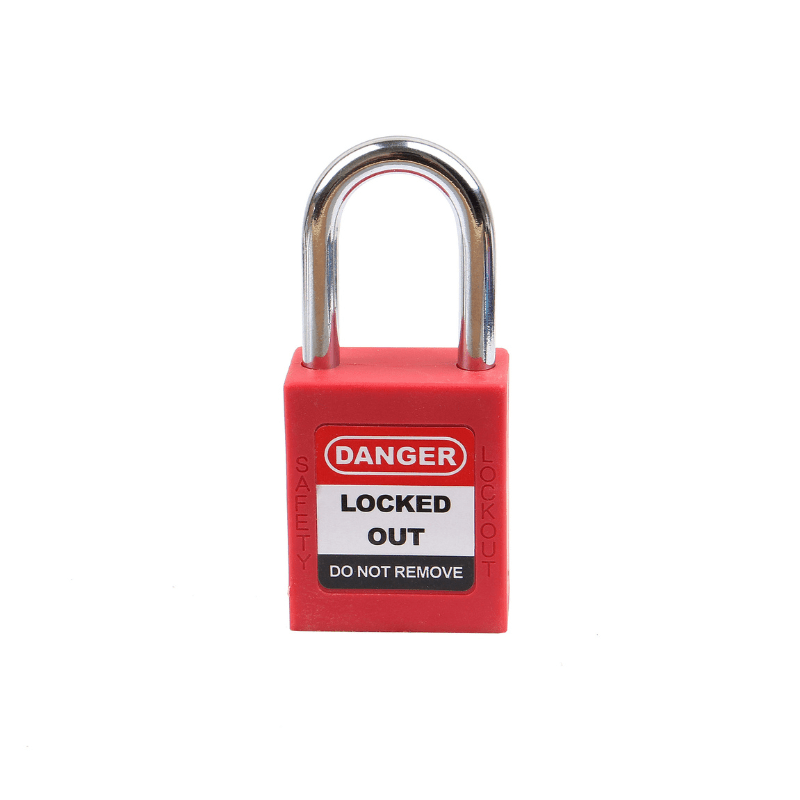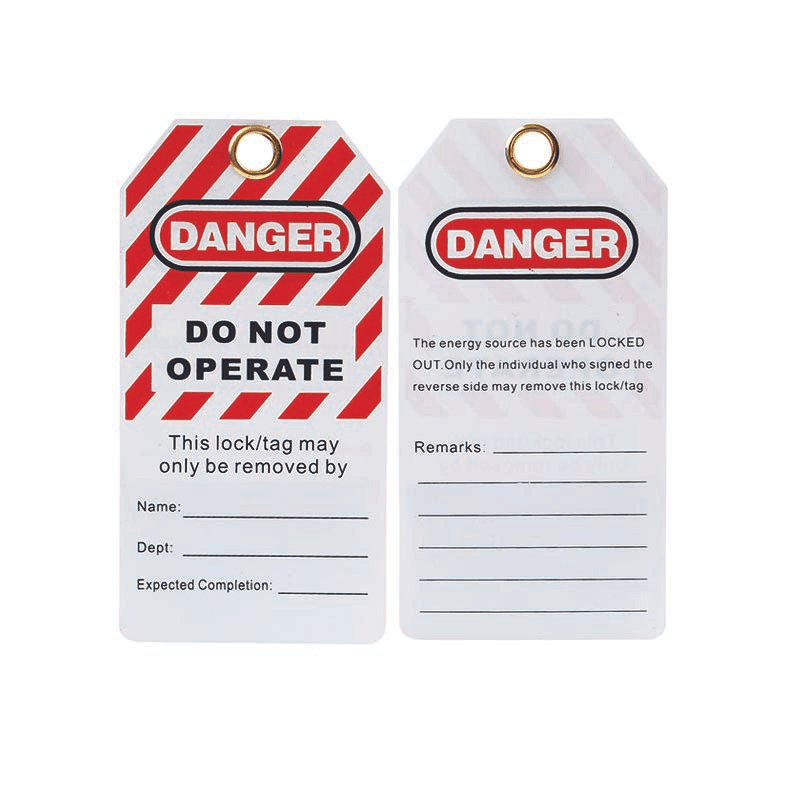Protective masks are essential safety devices designed to protect wearers from inhaling harmful substances such as dust, fumes, vapors, and pathogens. In both industrial and healthcare settings, the correct mask can make a significant difference in ensuring safety. In this blog, we'll explore the different types of protective masks available, their applications, and the relevant European and Swiss legislation guiding their use.
Table of Contents
1. Types of Protective Masks
1.1. Respirators (Filtering Facepieces)
Respirators are designed to protect users by filtering out harmful particles from the air. In the EU, these masks are regulated under EN 149:2001+A1:2009, which classifies respirators into three categories based on their filtration efficiency: FFP1, FFP2, and FFP3.
- FFP1: Filters at least 80% of airborne particles. Used in low-risk environments like workplaces with minor dust exposure.
- FFP2: Filters at least 94% of particles. Common in environments like construction sites and healthcare settings where exposure to fine particles or pathogens occurs.
- FFP3: Filters at least 99% of particles, offering the highest level of protection. These are often used in environments with toxic substances like asbestos or highly infectious diseases.
1.2. Surgical Masks
Surgical masks, regulated under EN 14683, are primarily used in healthcare settings to prevent the spread of infectious agents. Unlike respirators, these masks do not seal tightly against the face and are designed more for protecting others from the wearer’s respiratory emissions rather than the reverse.
- Type I: Bacterial Filtration Efficiency (BFE) ≥ 95%, suitable for general medical use.
- Type II: BFE ≥ 98%, used in clinical settings with moderate infection risk.
- Type IIR: Same filtration as Type II but with splash resistance, commonly used in surgery to protect against bodily fluids.
1.3. Cloth Masks
Cloth masks, made from woven fabrics, have gained popularity among the general public due to their reusability. These masks are not regulated for industrial or healthcare use, as they provide limited protection against airborne particles. However, in situations where medical-grade masks are unavailable or unnecessary, cloth masks can reduce the transmission of respiratory droplets in public spaces.
2. Mask Applications by Industry
2.1. Healthcare
In healthcare settings, masks play a critical role in protecting both patients and healthcare workers from pathogens. Respirators like FFP2 or FFP3 are necessary during procedures involving infectious materials, while surgical masks (Type IIR) are used during less risky interactions.
2.2. Construction
In the construction industry, workers face exposure to dust, asbestos, and other hazardous substances. FFP2 and FFP3 respirators are commonly used, depending on the material being handled. For instance, handling asbestos requires FFP3 masks due to the material's toxicity.
2.3. Manufacturing and Industrial Work
Manufacturing environments often expose workers to fine dust, fumes, and vapors. FFP2 or FFP3 respirators are essential, depending on the substance's nature. Workers dealing with toxic chemicals or hazardous fumes may require masks with specific filtration capabilities (e.g., respirators fitted with gas filters).
2.4. General Public Use
During the COVID-19 pandemic, cloth masks and surgical masks became widespread for general use. While not suitable for industrial protection, they are effective in reducing the spread of infectious agents in public spaces.
3. Mask Standards and Regulations
3.1. European Union Standards
The EU has developed strict regulations for protective masks. The most significant regulations include:
- EN 149:2001+A1:2009: This standard defines the requirements for filtering facepiece respirators (FFP masks).
- EN 14683: This standard specifies the performance requirements and testing methods for surgical masks.
- EN 143: Regulates particle filters used in reusable respiratory protective devices.
The CE marking is mandatory for protective masks sold within the EU, ensuring that they comply with safety, health, and environmental protection requirements.
3.2. Switzerland’s Mask Regulations
Switzerland follows EU standards closely, with respirators requiring certification under EN 149 and surgical masks under EN 14683. The Swiss Federal Office of Public Health (FOPH) provides guidelines on mask use, particularly in healthcare and public spaces. Masks used in workplaces must comply with the Swiss Accident Insurance Institute (SUVA) regulations, which align with European norms.
4. Key Considerations for Mask Selection
When selecting protective masks for any application, several factors must be considered:
- Fit and Comfort: A well-fitted mask ensures no air leakage. Masks should fit snugly against the face, covering the nose and mouth.
- Filtration Efficiency: For high-risk environments, choose masks with higher filtration efficiency (e.g., FFP3). Surgical masks or cloth masks are sufficient for low-risk areas or public use.
- Compliance and Certification: Always ensure masks have the appropriate certification (CE marking in the EU) and meet industry-specific standards.
- Breathability: In environments requiring prolonged mask use, breathability becomes a significant factor. Respirators with exhalation valves can help in these situations.
Conclusion
Choosing the right protective mask depends heavily on the environment and risks involved. For healthcare settings, FFP2 or FFP3 respirators provide critical protection, while Type IIR surgical masks are indispensable during surgeries or high-risk patient care. For the general public, cloth or surgical masks are more appropriate. Regardless of the application, adherence to EU and Swiss regulations is essential for ensuring maximum protection and safety.
If you're looking for certified protective masks that meet these stringent standards, visit our collection for a comprehensive selection of masks designed to fit various needs and industries.



